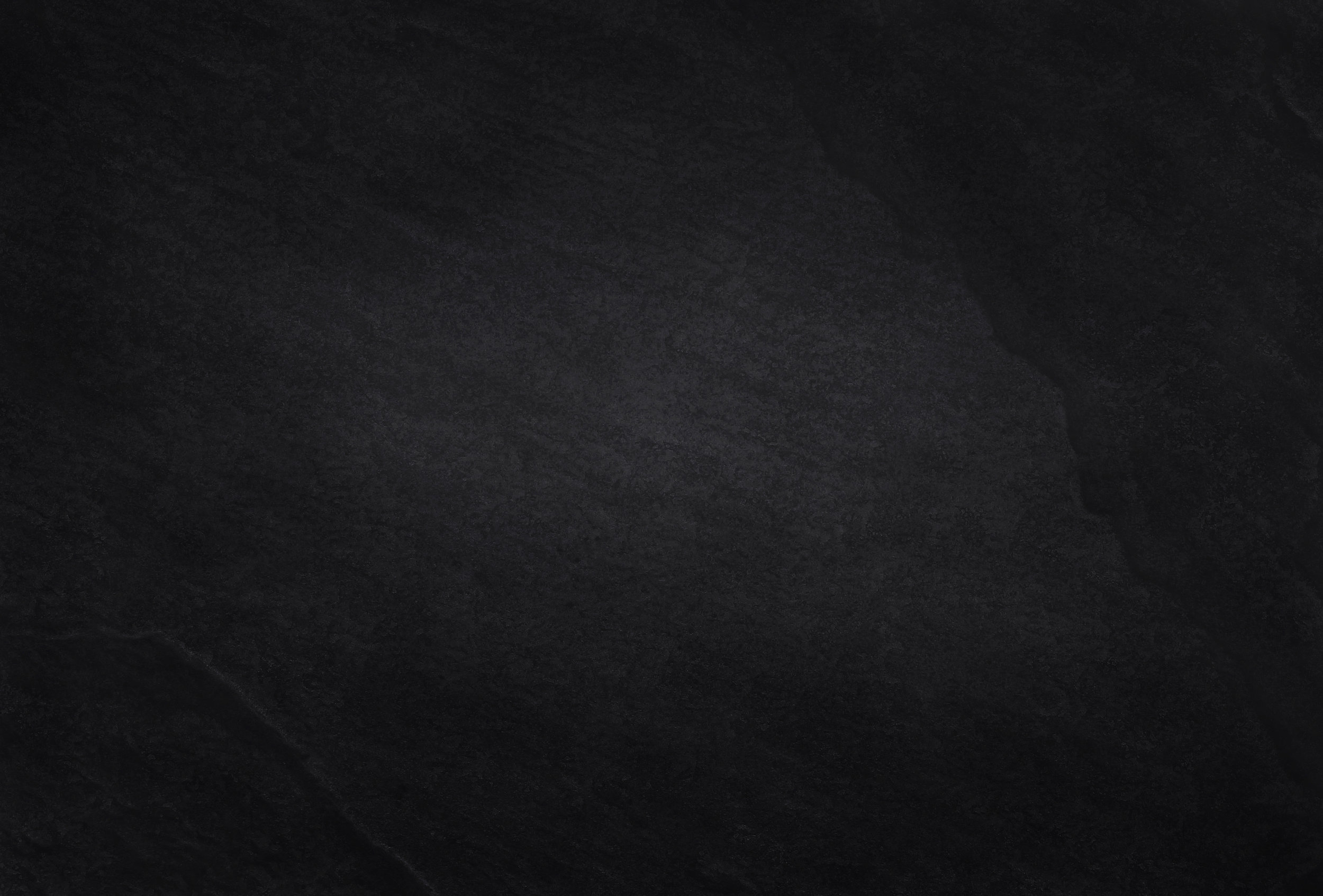
Welcome to The Edge [of Knowledge]. We hope this becomes a place to sit at the edge of the known universe to pause, consider, wonder, and imagine what lies beyond our circle of knowledge. This website is a collection of mostly curated and sometimes created content across a wide range of interests. It’s meant to stir wonder, inspire a sense of awe, and probe deep questions.
As we draw closer to the edge of human knowledge, here are a few things to consider …
It takes courage to be open to things that challenge what we believe or think we know.
It's reminiscent of the problem Copernicus and Galileo had with the religious and government authorities of his time: priests and civil authorities revolted when asked to consider the earth was not the center of the universe or that Jupiter had moons. All they needed to do was to look through the telescope to see for themselves.
If we're to learn and grow, we must have the courage to look and learn.
Whether you're examining questions of science, humanities, or faith, it’s helpful to understand our tendency toward bias.
Bias tends toward blindness.
As we sit on the edge of the unknown and marvel over wonders we do not yet understand, perhaps we can give space for faith in the things we cannot yet see.
Perhaps the very ideas we cling to (fueled by bias) are the very things that blind us from the true nature of things.
Discovering ideas that challenge what we think we know can be uncomfortable, exhilarating, and sometimes scary. We get it. But why should that stop us from trying to see further, imagine harder, or question more passionately?
We value the important role of skeptics - but in equal measure, we value those that aren’t afraid to ask questions, wonder, and believe in the impossible. While this project tries to balance generally accepted science with those who aren’t afraid to challenge or even topple convention, we’re going to push the limits a little.
Historically speaking, much of what everybody knew “for sure” (in any era of human history) has been debunked. Recent scientific discoveries are turning many of the things we thought we knew about our planet, the universe, human civilizations, and so much more upside down.

A Closer Look at Human Wrongness
It’s impossible to make a comprehensive list of everything humans have been wrong about throughout history, as there are many examples. However, here are a few examples of areas in which humans have been historically wrong about "big stuff"
The Earth being the center of the universe: For thousands of years, humans believed that the Earth was the center of the universe and that the Sun, planets, and stars all orbited around it. This belief was later disproved by scientists like Galileo and Copernicus.
The shape of the Earth: Ancient Greeks and Romans believed that the earth was flat, this was disproved by scientists and navigators, who have found that the Earth is round and have observed the curvature of the earth
Diseases caused by supernatural forces: Before the development of modern medicine, humans believed that many diseases were caused by supernatural forces, such as possession by demons or punishment from gods. Now we know that many diseases are caused by microorganisms or genetic factors.
The nature of matter: For centuries, scientists believed that all matter is composed of just four elements: earth, air, fire, and water. But later on, through the development of modern chemistry, we have come to know that matter is composed of atoms and molecules and these atoms are made up of subatomic particles.
Human evolution: In the past, humans believed in the concept of 'fixity of species' - organisms don't change over time, but Darwin and Wallace's theory of evolution by natural selection showed that organisms evolve over time through a process of genetic mutation and natural selection.
Geology of the earth: Through centuries, many theories were proposed on how earth was formed and how different landforms were created, but with the progression of time and technology, plate tectonics and continental drift theory were proposed which explained the geology of the earth in a more comprehensive manner.
This is just a small sample of the many examples throughout history of things that humans have been historically wrong about. It is important to keep in mind that being wrong is not always a negative thing, as it can lead to the development of new understanding, knowledge and theories.

As you explore ideas, remember this quintessential truth about truth …
Let’s talk briefly about perspective and how two or more things that appear radically different are in fact, telling a perspective that is true. For example, in this illustration, we a used piece of chalk floating in the air above the ground. There are 3 shadows being cast, each shadow is illuminated by a different colored light.
The first light is shining from the air directionally downward, showing a shadow on the floor surrounded by pink light. The shape of the chalk, from the perspective of looking downward, makes the shape of the shadow appear like a triangle. That pink shadow is telling a certain truth about the shape of the chalk, from a specific vantage point.
Another shadow is cast on the wall on the left with a teal light splashing the shape of a square. That shadow is also telling a certain truth.
The third light splashes a yellow tone past the oddly shaped chalk onto the wall on the right - and that perspective creates a shadow in the shape of a circle. That shadow is also true.
The point of the illustration is to see how a single object can project three distinctly different truths. When it comes to the edge of the unknown, which is the purpose of this website, remember we’re only seeing reality from a single perspective.
When we factor in the emerging quantum sciences, we begin to see this same illustration play out.
What we experience as our physical reality (let’s say, a circle) may be one aspect to what is actually happening.
That’s the purpose of this website – to take people to the edge of our current knowledge and peer into the abyss of the unknown and wonder in awe at what’s out there.

THE PATTERN BEHIND
SELF-DECEPTION
Michael Shermer offers an important, cautionary look at bias and self-deception. When we look at things we can’t explain or something we want to understand, this is an important self-check.
According to Michael Shermer, the pattern behind self-deception is rooted in the human tendency to believe what we want to believe. Shermer argues that self-deception occurs when our beliefs, desires, and emotions influence our reasoning and decision-making processes, leading us to selectively process information that supports our preconceptions and to ignore or reject information that contradicts them.
Shermer also argues that self-deception is often driven by cognitive biases, such as confirmation bias, which is the tendency to seek out and give more weight to information that confirms our existing beliefs, and motivated reasoning, which is the tendency to arrive at conclusions that are emotionally satisfying or that serve our self-interest.
Additionally, Shermer highlights the role of self-esteem in self-deception, as people may be more likely to deceive themselves when their sense of self-worth is threatened. Self-deception can also be perpetuated by social dynamics, such as groupthink, where individuals conform to the beliefs and opinions of their social group and ignore dissenting views.
In summary, according to Michael Shermer, the pattern behind self-deception is rooted in human cognitive and emotional biases, and social dynamics. People tend to believe what they want to believe, and they tend to ignore, reject or misinterpret information that contradicts their beliefs and desires.
In this talk, Dr Michael Shermer presents his comprehensive and provocative theory on how humans form beliefs about the world. He answers the questions of how and why we believe what we do in all aspects of our lives, from our suspicions and superstitions to our politics, economics and social beliefs. Recorded at the Copland Theatre, University of Melbourne on 19 September 2011.
Here are a few notable thought leaders in the study of self-deception, some of the most notable include:
Robert Trivers, an evolutionary biologist first proposed the concept of "self-deception as an adaptation" in his 1971 paper "The Evolution of Reciprocal Altruism."”
Dan Ariely, a behavioral economist and psychologist has written extensively on the topic of self-deception in his books, such as "The Honest Truth About Dishonesty" and "Predictably Irrational"”
Tim Wilson, a social psychologist who has studied self-deception and its effects on decision-making, emotions, and behavior.
Paul Ekman, a psychologist who has studied deception and emotions, he is an expert in the field of nonverbal behavior and micro-expressions.
Keith Stanovich, a cognitive psychologist who has written on the concept of cognitive biases and the relationship between self-deception and rationality.
David Dunning, a social psychologist who has written on the concept of the "Dunning-Kruger Effect," which is a cognitive bias in which people tend to overestimate their own abilities and expertise.
Steven Pinker, a cognitive psychologist and linguist, who has written on the topic of self-deception in his book "The Blank Slate: The Modern Denial of Human Nature".






